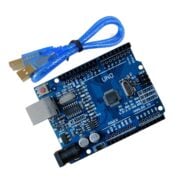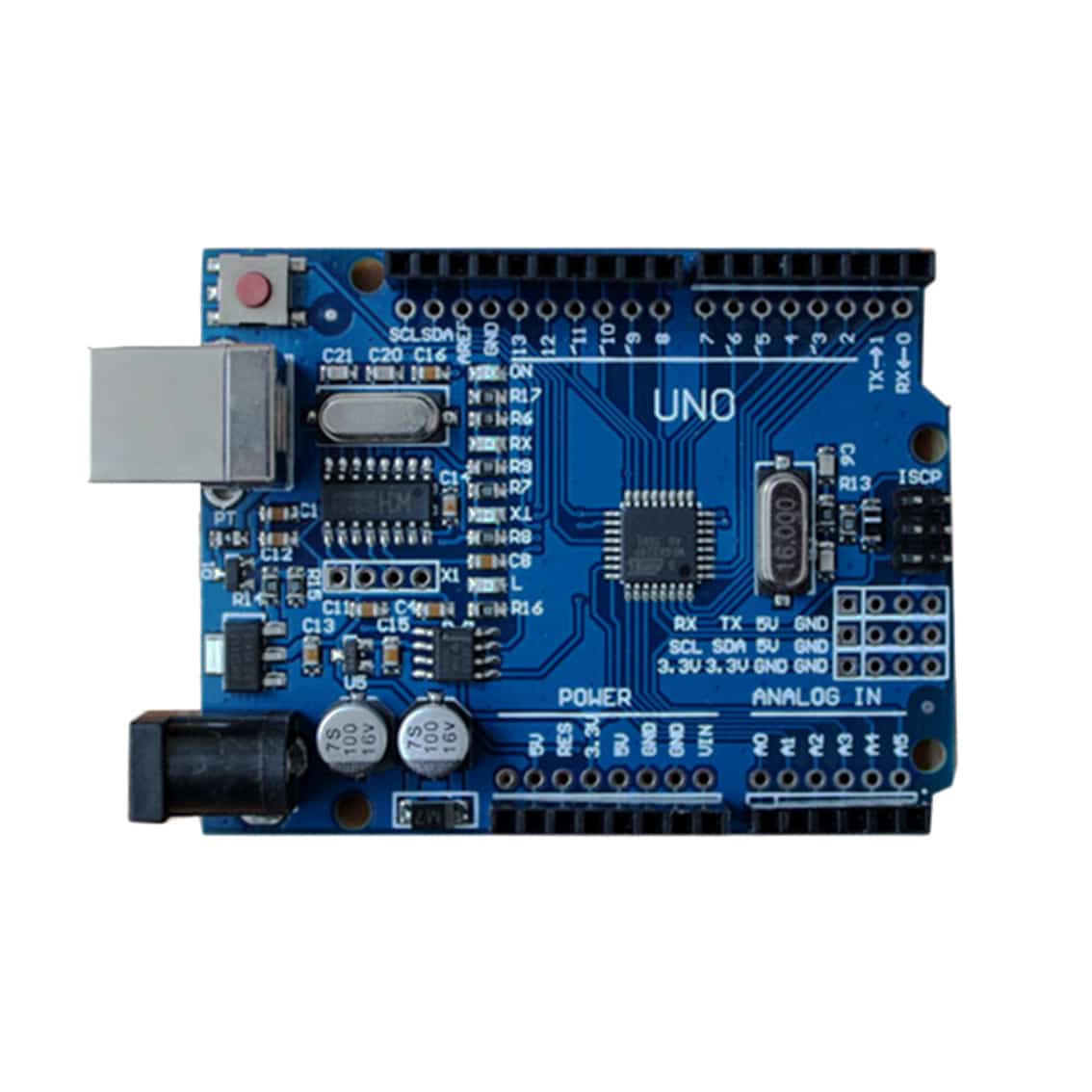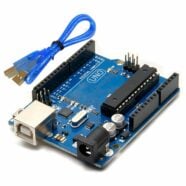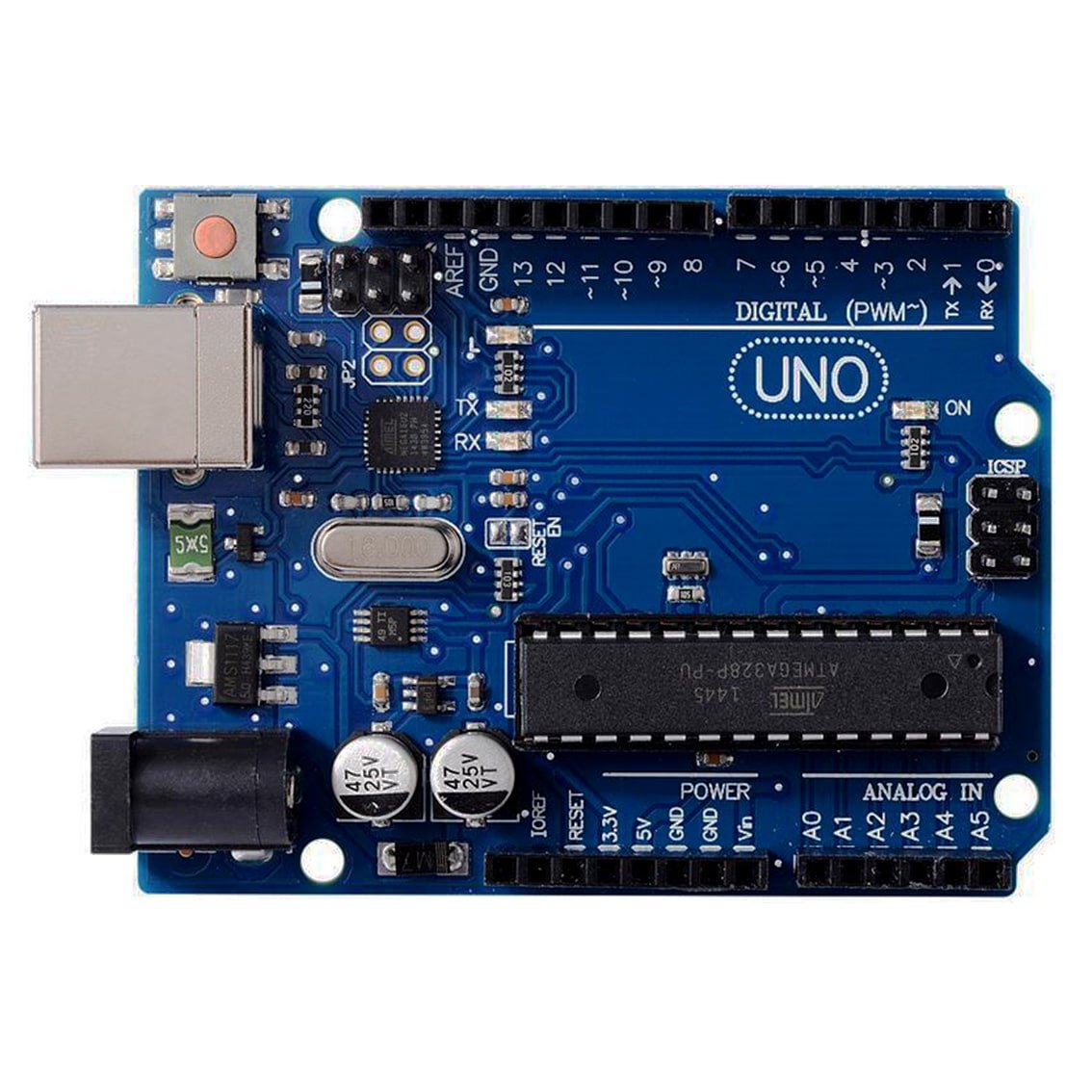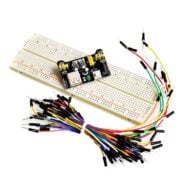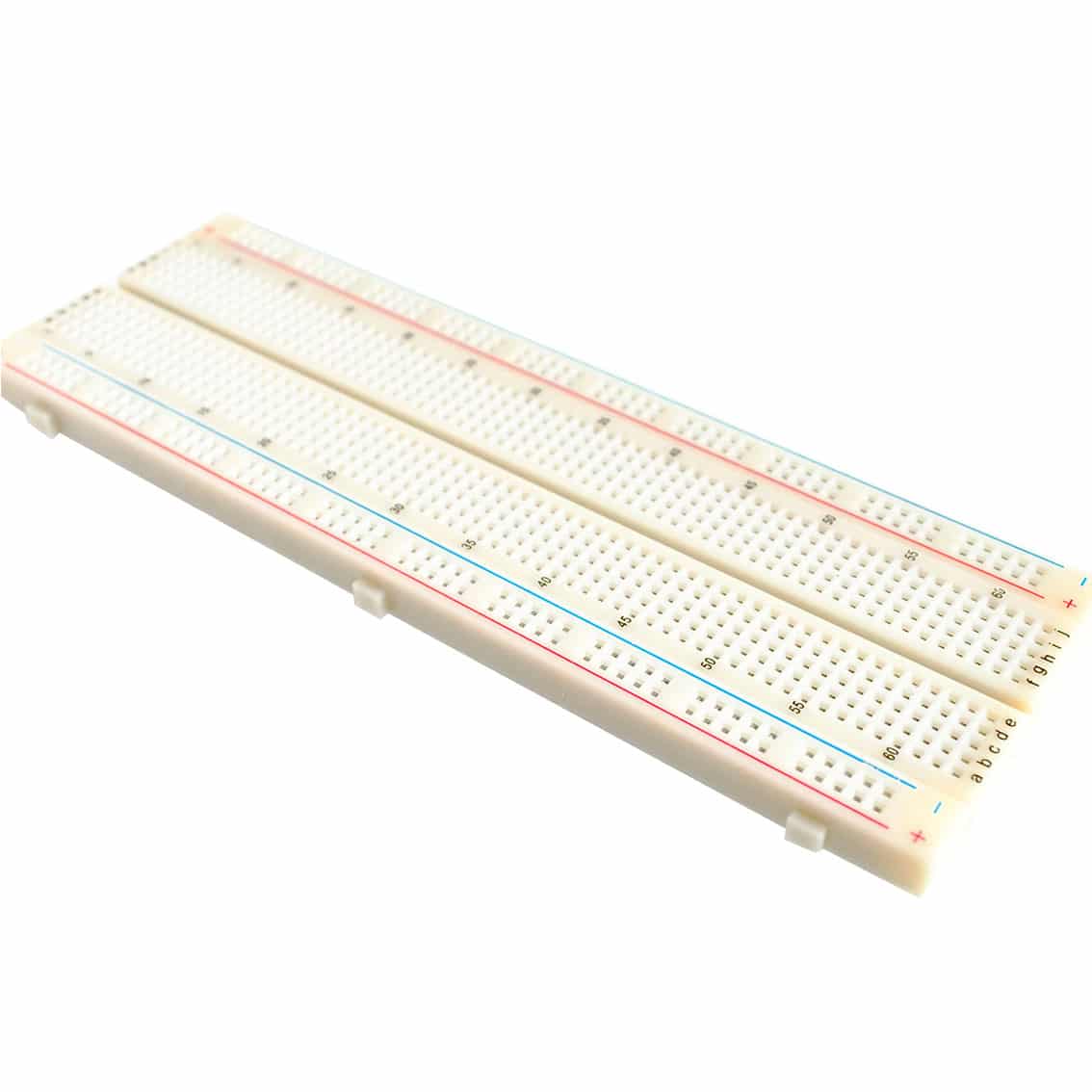Want to instantly relax and unwind by just using some LEDs, of the shelf components, and an Arduino? See the process below of how to make a DIY meditation stimulator.

Introduction
The human brain is such a fascinating part of your body. Although neuroscientists continue to study it, it’s probably one of human anatomy’s least understood parts. With this, many neurological or neuropsychiatric conditions still await a cure. However, with shear effort and determination, newer therapeutic interventions are coming. Some of these areas include Photobiomodulation, TMS (Transcranial Magnetic Stimulation), TDCS (transcranial Direct Current Stimulation), among others.
The newer therapeutic interventions mentioned above operate on an interesting principle. It involves timing mechanisms related to the neuronal firings inside our brains. The idea revolves around action potentials, where neurons fire at a specific rate. This rate was interpreted and measured by scientists. The interpretations resulted in an area of study called brain waves.
What Are Brain Waves?
Brain waves affect our everyday lives. Certain frequencies or pulses can create specific moods or behavioral patterns. The reason is that brain waves are related to neuronal firing. For example, when people meditate, it is observed that alpha brain waves are the dominant brain waves. Gamma waves are prominent when you are highly engaged in an activity or a learning experience, such as studying for an exam or maybe troubleshooting your electronics.
Here are some frequency characteristics of brain waves:
Alpha Wave – 7 to 13 Hz
Theta Wave – 4 to 7 Hz
Delta Wave – 0.5 to 4Hz
Gamma Wave – 30 to 100 Hz
Mimicking Brain Waves as an Experiment
Mimicking brain waves can affect people in more or less similar ways. Visual, auditory, or even electromagnetic patterns can alter a person’s brain wave state. One of the easiest ways to accomplish this is by simply flashing lights… So yes, you’ve got it! You need only to blink some LEDs to a specific pattern.
However, note that this should not be treated as a medical intervention but only as a demonstration. It is unclear how mimicking a brain wave can affect a person for a prolonged period of time.
Build Your Circuit
Take a simple power LED then drive it using a MOSFET and some resistors. Use a microcontroller such as an Arduino to blink it to your desired rate. Below is a simple schematic. You can browse through our catalog or choose a type of LED that suits your need.
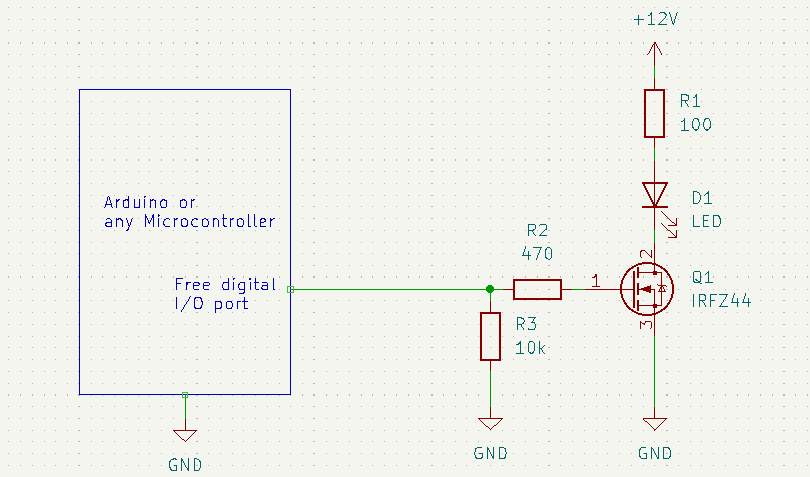
Adding Code
The code below demonstrates a programmable meditation stimulator. This toggles some ports based on your desired brain wave frequency. Here an Alpha and a Gamma brain wave are declared to have a frequency of 10 Hz and 40 Hz, respectively.
#define LED1 2
#define LED2 3
#define ALPHA 10.00
#define GAMMA 40.00
#define MED_HZ ALPHA
#define ALPHA_MS ((1/MED_HZ) * 1000) / 2
unsigned long prev_time, curr_time;
byte toggle;
void setup() {
// put your setup code here, to run once:
pinMode(LED1, OUTPUT);
pinMode(LED2, OUTPUT);
pinMode(LED_BUILTIN, OUTPUT);
curr_time = prev_time = 0;
}
void loop() {
// put your main code here, to run repeatedly:
if((curr_time - prev_time) >= ALPHA_MS)
{
toggle ^= 1;
if(toggle)
// turn OFF LEDs during LOW cycle of alpha wave
{
digitalWrite(LED1, LOW);
digitalWrite(LED2, LOW);
digitalWrite(LED_BUILTIN, LOW);
}else{
// turn ON LEDs during HIGH cycle of alpha wave
digitalWrite(LED1, HIGH);
digitalWrite(LED2, HIGH);
digitalWrite(LED_BUILTIN, HIGH);
}
prev_time = curr_time;
}else{
// do nothing
}
curr_time = millis();
}
A byte variable, toggle, determines if it’s time to make the LED high or low. The millis( ) function gets the timing right by comparing current and previous values with the pre-declared MED_HZ definition.
Video Demonstration
Below is a video demonstration of an Alpha Wave Stimulator run with an Arduino UNO, a MOSFET, and some resistors. Enjoy creating your own Meditation Stimulator 🙂
